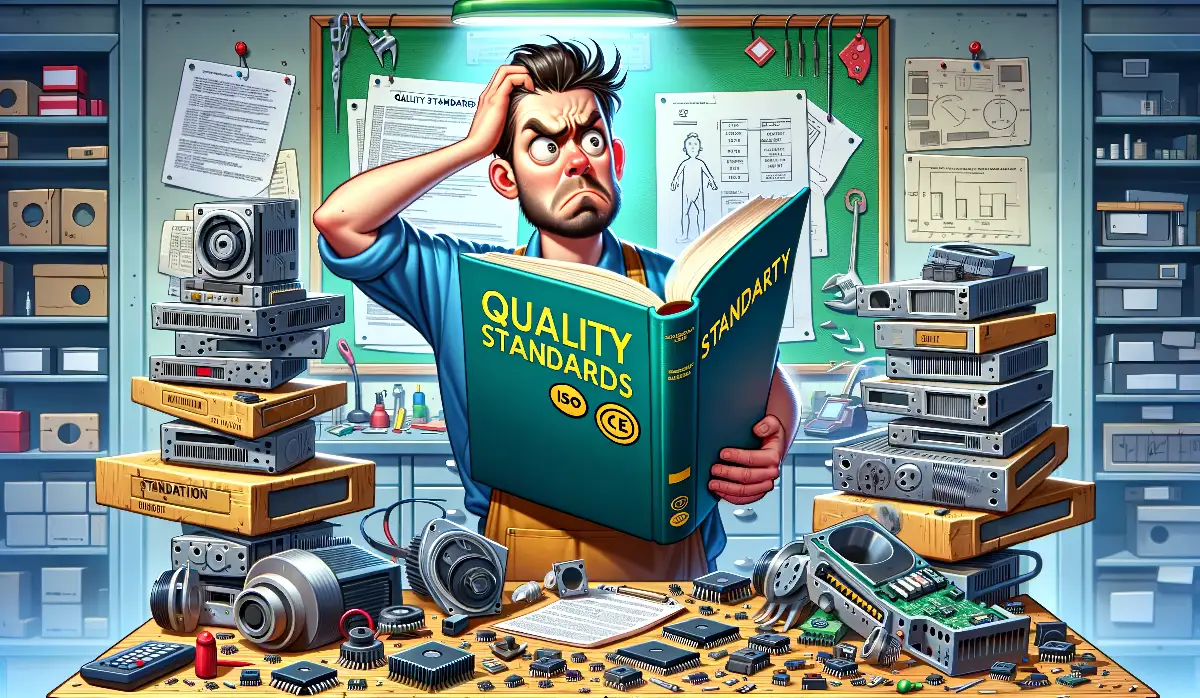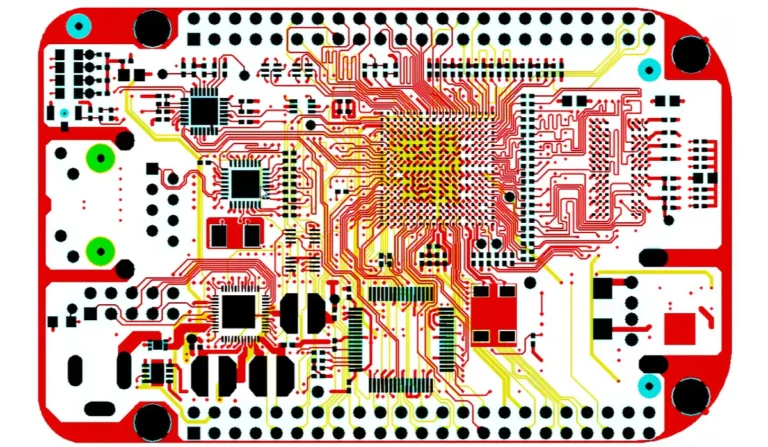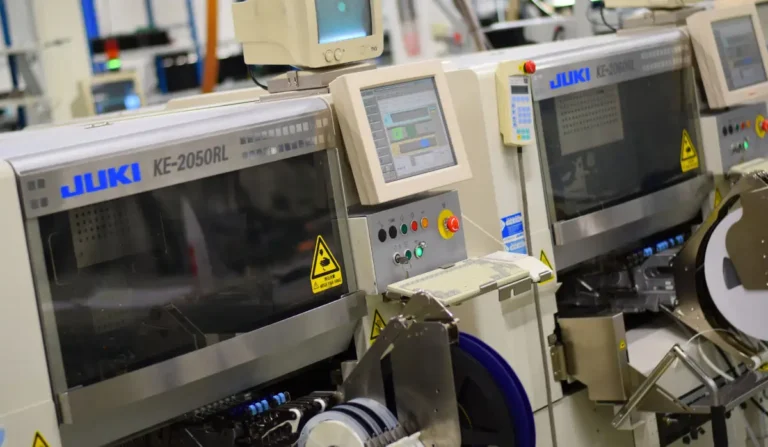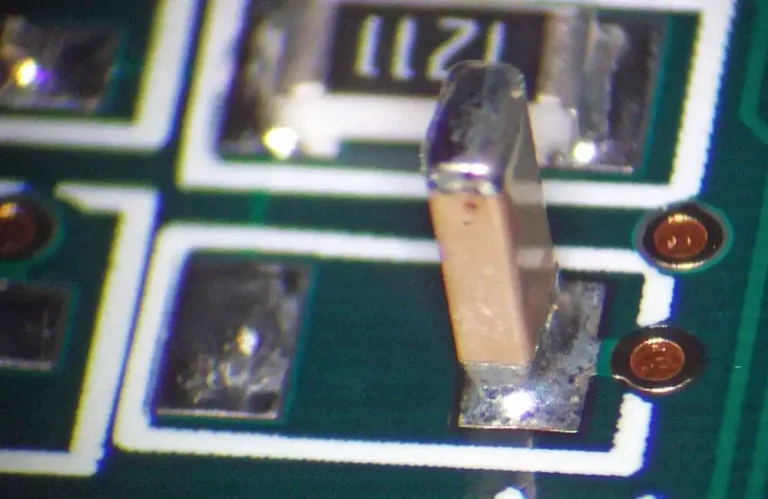Understanding IPC Class 2 vs Class 3
Today, we’re diving into the fascinating world of IPC standards, specifically focusing on the differences between IPC Class 2 and Class 3. If you’re into electronics or just curious about how those tiny components in your gadgets get their quality stamps, this one’s for you!
What’s the Buzz About IPC Standards?
Before we get into the nitty-gritty, let’s break down what IPC standards are. These are guidelines that dictate the quality and reliability of electronic assemblies. They ensure that everything from your everyday gadgets to critical life-support systems works flawlessly. Think of it as a rulebook for how electronic products should be made.
The Basics of IPC Classification
- Class 1: General Electronic Products
- Focus: Basic functionality post-manufacture.
- Typical Use: Non-critical consumer electronics.
- Requirements: Immediate operational functionality; longevity and uninterrupted performance are not primary concerns.
- Class 2: Dedicated Service Electronic Products
- Focus: Continuous operation and extended lifespan.
- Typical Use: Devices where operational reliability is desirable but not mission-critical.
- Requirements: Must work reliably over a long period, though occasional interruptions are acceptable.
- Class 3: High-Performance Electronic Products
- Focus: Uninterrupted and high-quality performance.
- Typical Use: Aerospace, military electronics, and life-support systems.
- Requirements: Must operate flawlessly without interruptions; failures can’t be tolerated.
Dive Deeper: What Sets Class 2 Apart from Class 3?
While both classes demand a high standard of quality, Class 3 ups the ante with stricter requirements:
- Documentation and Process Control
- Class 3 products require a thoroughly documented process control system. Every change in the manufacturing process, from materials to methodologies, needs to be validated and recorded. Think of it as having a diary for every step in the creation of your device!
- Inspection and Defect Management
- Class 3 standards are rigorous about defect documentation. Every flaw and its correction must be meticulously recorded. This is crucial for maintaining the high reliability expected from these products.
- Assembly and Materials
- Even though the materials and tools for assembling Class 2 and Class 3 products might be similar, the standards for the final product’s inspection and assembly are stricter for Class 3. For instance, solder joints that pass in Class 2 might not make the cut in Class 3 due to more stringent visual inspection criteria.
Real-World Examples
Let’s make this a bit more tangible with some examples:
- Class 1: Your everyday kitchen blender.
- Class 2: A high-quality office printer.
- Class 3: The avionics system in a commercial airplane.
Fun Fact: Can You Mix and Match?
Interestingly, you can perform inspections on a product following Class 3 standards even if the product was primarily manufactured to Class 2 specifications. However, this doesn’t magically elevate the product to Class 3; the entire manufacturing process must align with Class 3 requirements to achieve that certification.
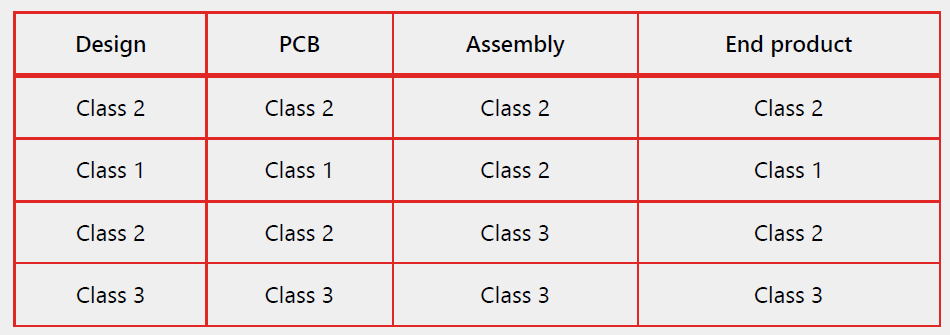
Wrapping Up
Navigating IPC standards can seem daunting, but it’s fascinating to see the meticulous care that goes into ensuring the devices we rely on are up to par. Whether it’s a matter of everyday convenience or critical life-support systems, understanding these standards gives us a peek into the backbone of electronic reliability.
Stay tuned for more exciting dives into the world of electronics and technology. Until next time, keep your circuits cool and your resistors hot!

